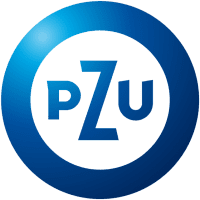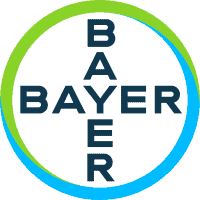
A well-integrated team is a foundation of a healthy, dynamically growing company
Using the full potential of individuality isn’t just about management tools, but also the art appealing to a shared vision and values.
Situations we help in:
Building a team of employees is a real challenge. We know that not all elements always work together perfectly, so our goal is to improve this cooperation.
Contact us if:

Where should you start?
Contact us to see if our tools and experience can help you implement change in your organization.

Scope of support:
Building agile teams
Agile teams are able to adapt to customer needs, and provide value at an adequate level. For this to be possible, the team needs excellent communication and must avoid toxins that destroy energy in the team. It’s important to learn some practical habits of monitoring the effects of work and of the continuous building of positivity in the team.
Contact us, if:
Results of training sessions:
Building cooperation in a team
We believe that successful teams (high positivity/high productivity) build their maturity based on trust (the foundation of the Lencioni Pyramid). We teach how leaders and their teams can design experiences, routines and tools that help them through conflicts, develop engagement and build joint responsibility while achieving above-average results.
Substantive scope:
Results of our training sessions and workshops:
A team built based on “Colours”
The 4Results “Colours” concept is a must-have for anyone who’s living among people. It addresses the key types of human behavior, explains them, and then converts them into a simple human instruction manual. It’s invaluable knowledge that improves communication, avoiding many misunderstandings, disappointments and stress.
Results of training sessions and workshops:
Teamcoaching
This is a process based on real work with teams, where they learn how to build on their strengths while avoiding obstacles and limitations to achieving goals. The result of team coaching work is a mature team in which values like joint responsibility, engagement and initiative thrive.
Results of the process:
Results of “dispersed teams / virtual teams” training:
Teamcoaching process:
Substantive scope:
For teams where contact is mostly done remotely, how to create conditions for the exchange of information, sharing experiences, building relationships, and maintaining good cooperation.
How to remotely verify the level of team Positivity and Productivity and make adjustments in the cooperation of a dispersed team.
How to agilely define the changing scope of work, roles and responsibilities.
How to build soft elements associated with trust, such as responding to conflicts, misunderstandings, mistakes and a lack of predictability (the VUCA era, changing customer expectations, etc.).
How to remotely conduct discussions, make decisions, and agree on common positions.
Management of dispersed teams and cooperation at the meeting point of departments
Dispersion and “team” are contradictory words, which is why we build such teams in a very special way – with much attention paid to communication routines, and a conscious leader being the driving force behind teamwork. See what “dispersed teams / virtual teams” training is all about.
Results of “dispersed teams/virtual teams” training:
Substantive scope:
For teams where contact is mostly done remotely, how to create conditions for the exchange of information, sharing experiences, building relationships, and maintaining good cooperation.
How to remotely verify the level of team Positivity and Productivity and make adjustments in the cooperation of a dispersed team.
How to agilely define the changing scope of work, roles and responsibilities.
How to build soft elements associated with trust, such as responding to conflicts, misunderstandings, mistakes and a lack of predictability (the VUCA era, changing customer expectations, etc.).
How to remotely conduct discussions, make decisions, and agree on common positions.
VR Teamwork
Many organizations are experiencing a time of returning to the office, forming new teams and re-integrating teams that have been working online for many months. New technologies, such as VR, are an attractive and effective tool to accelerate employee integration. We invite you to the closed VR Team workshop, dedicated to the “turbointegration” of employees.
For whom? For newly formed teams and their leaders, for teams that want to re-integrate and become Highly Performing Teams.

Agile. Agile management {Ewa Błaszczak}
The book published by 4Results, “Agile. Agile management” explains the frequently difficult, English-language concepts of the AGILE methodology. It defines the basic concepts and principles in AGILE and outlines what factors are necessary to increase the probability of successful implementation of agile culture in organizations in Poland. And all this is written in a simple, friendly way with many business examples and more. A must-read for anyone, manager or employee, who would like to work in a more “agile” manner!





